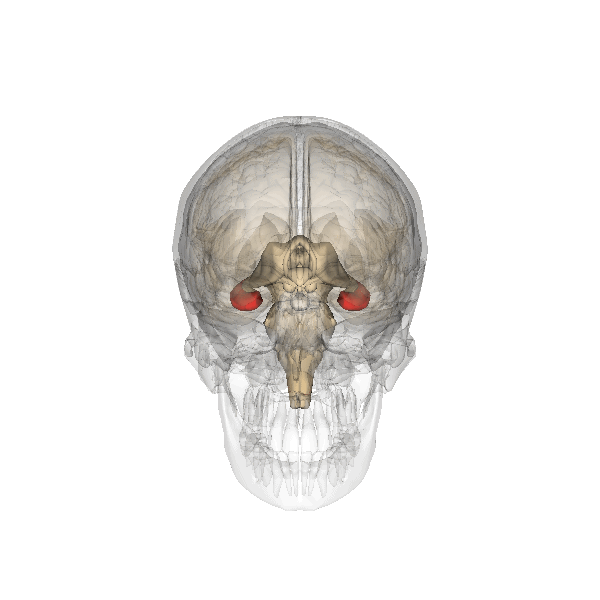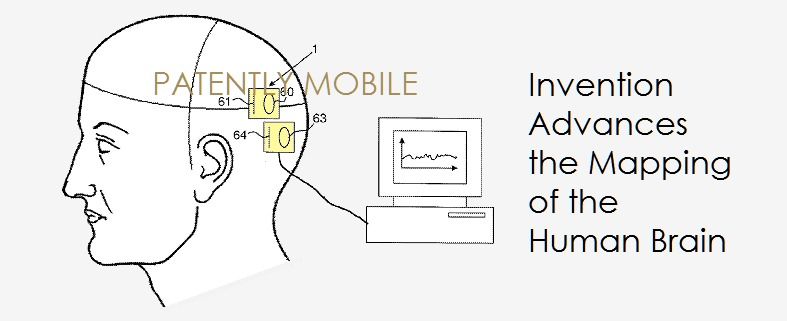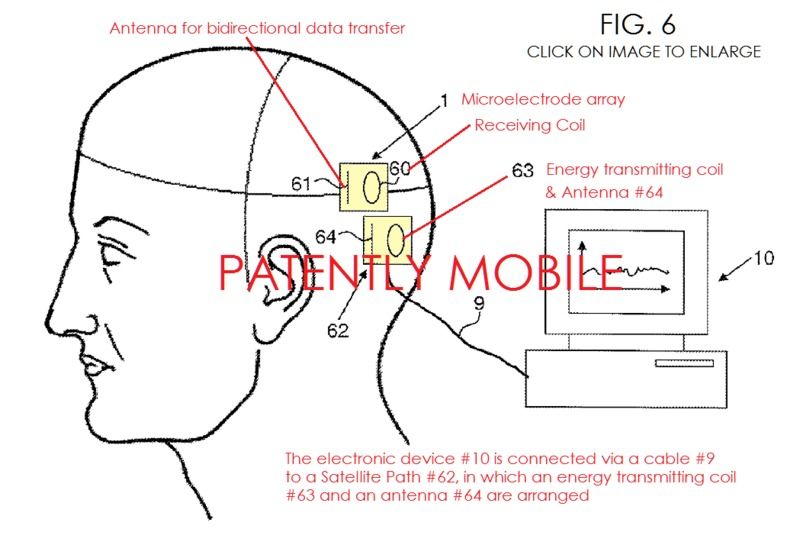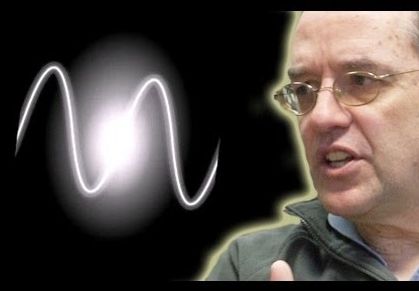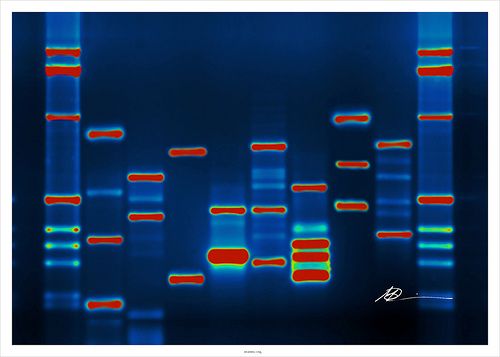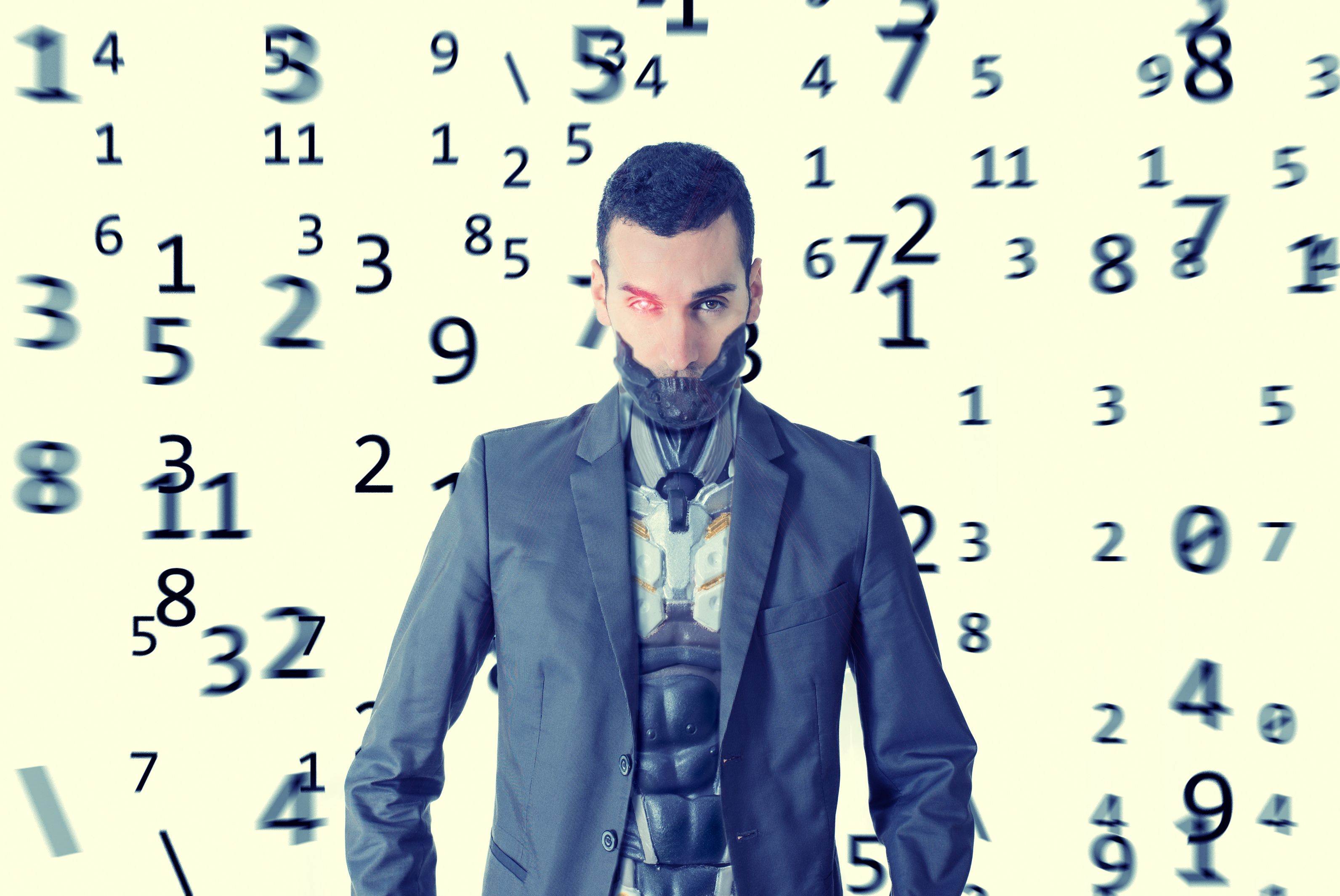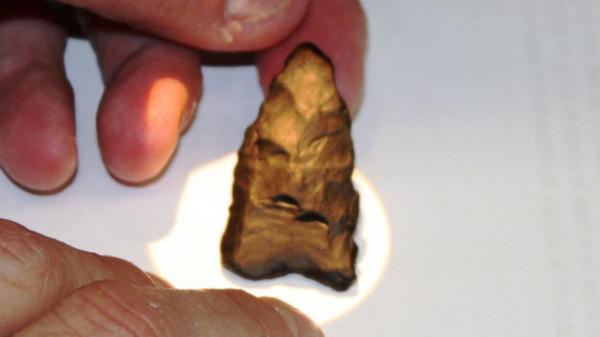Oct 18, 2015
A Large Hippocampus Boosts Your Memory And May Protect You From Dementia
Posted by Robert James Powles in category: neuroscience
Bigger isn’t always better, but in this case it might be. Research has found that a large hippocampus gives you a memory boost and may shield you from dementia.
The hippocampus is rooted deep in the brain and deals with a range of things, but it’s also a major seat of neurogenesis; making new brain cells. The seahorse shaped structure plays a leading role in translating your experiences to long term memory and it’s made up of two sides. The left helps you record language, and the right hippocampus deals with spatial memory, like an interior google map.
The seat of memory?
